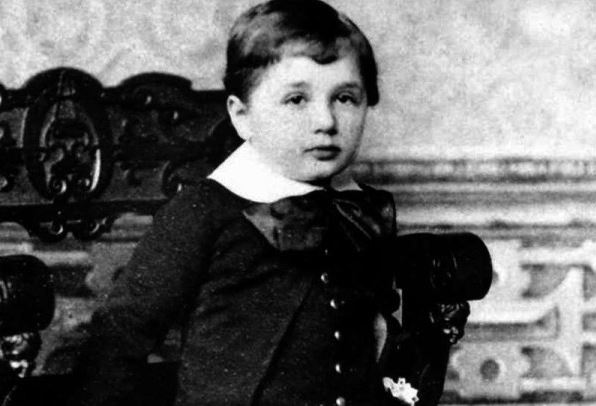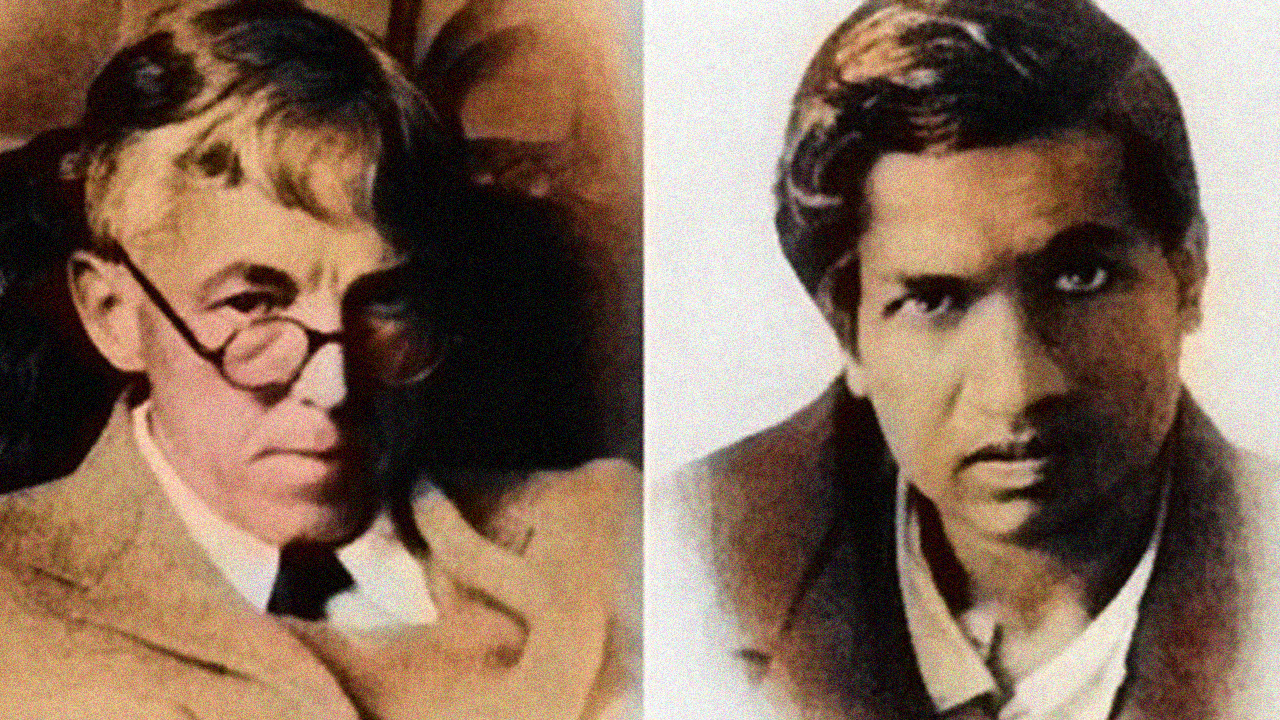
Physics and music - two wildly separate fields, both make life joyous and beautiful in their own ways. Without the laws of physics, there would be no sunset, rainbow or internet, and without music, the living couldn’t so eloquently express feelings such as, say a heartbreak.
Following is a list of 7 physicists who also played music:
Brian May:
English musician and astrophysicist Brian May is the co-founder of one of the greatest rock bands in history - Queen. He was the lead guitarist and songwriter while being the member of immensely successful musical group.
Brian graduated with a BSc (hons) degree in physics from Imperial College in London. In 1974, when he was a doctoral student, Queen became so popular that Brian abandoned his studies to focus on the band.
In 2006, Brian May re-registered for his doctorate degree and completed his thesis within a year. His revised thesis was approved and he got his PhD in 2007 from Imperial College London after over 30 years of wait.
Albert Einstein:
Einstein’s interest in music developed as a child thanks to his mother, who was a reasonably decent piano player. She wanted her son to also learn the violin and help him assimilate into the German musical culture.
Einstein began learning both the instruments from the young age of 5. By 16, he had mastered Mozart’s and Beethoven’s violin sonatas. Einstein displayed a deep love and appreciation of classical music - a quality that was and remains in short supply.
Einstein said years later, “If I were not a physicist, I would be a musician. I often think in music. I live my daydreams in music. I see my life in terms of music… I get most joy in life out of music.”
Max Planck:
The founding father of quantum theory was gifted when it came to music. Max Planck played various musical instruments including piano, organ and cello. Moreover, he also composed his own songs and operas. Einstein and Planck played together, finding not only a shared love for physics but also music.
Brian Cox:
Popular English particle physicist Brian Cox started his career as a piano and keyboard player in the rock band Dare. They released two studio albums with Cox in 1988 and 1991 respectively. Brian then joined another group - D:Ream, with whom he had several hits including the number one song, ‘Things can only get better’ that was also used as a New Labour election song.
Richard Feynman:
Feynman took Bongo, a relatively obscure musical instrument and made it mainstream. Feynman used to organize mini concerts for his students and played along with his friend Ralph Leighton - they even sang together, while drumming. Feynman is most easily recognized by a black and white picture in the Caltech archives, donning an ordinary white shirt and tailored pants, with a big smile on his face - playing his favorite percussive instrument.
Satyendra Nath Bose:
Well known Indian physicist in whose honor Bosons are named, was a person of varied interests. Bose was well versed in several languages such as Bengali, English, French, German and Sanskrit. He played an Indian stringed musical instrument similar to violin, called the Esraj, like a master. He was trained in Indian classical music and occasionally sang poems of Rabindranath Tagore and Kalidasa.
Werner Heisenberg:
Heisenberg is famous for laying the foundations of quantum mechanics. But very few are aware of his other interest - music. Like Einstein, Werner Heisenberg too came in contact with music from an early age.
Heisenberg could read sheet music when only 4 years old, so it is said that he was a prodigy. Heisenberg’s parents wanted him to become a concert pianist - however - his love of physics outgrew his love of music. Heisenberg's work in physics irked Einstein to such an extent that he commented, “God does not play dice with the Universe”.
Heisenberg could read sheet music when only 4 years old, so it is said that he was a prodigy. Heisenberg’s parents wanted him to become a concert pianist - however - his love of physics outgrew his love of music. Heisenberg's work in physics irked Einstein to such an extent that he commented, “God does not play dice with the Universe”.
















 Physics, astronomy and science history blog for students
Physics, astronomy and science history blog for students